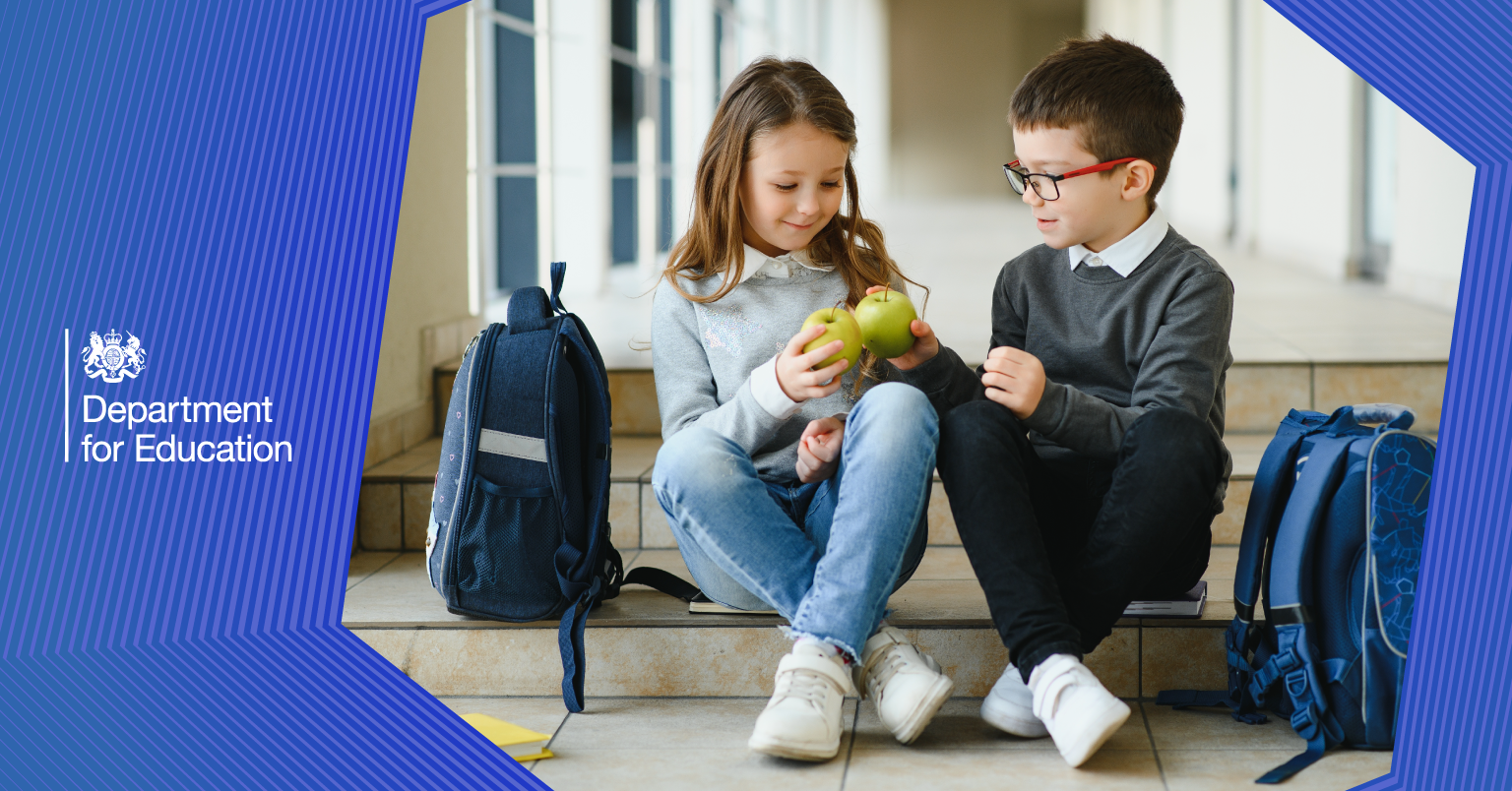
For many, the start of the school term will mean mixing with different groups of people, which is why the autumn term is also known for its colds and bugs.
While it’s usually safe for parents and carers to send their children to school with mild illnesses, like a minor cough, runny nose or sore throat, there are steps you can take to ensure your child is better protected against illnesses, so they don’t miss out on vital time in school.
Here we take you through what you can do to reduce the chances of your child getting ill.
Make sure your child is up to date with their vaccinations
Childhood infections such as measles are picking up again across England. And in 2024, there was a large outbreak of whooping cough across the country.
These infections can have a huge impact on your child’s life, including missing out on school due to illness, being hospitalised, and even experiencing life-long complications and disability.
The best protection you can give your child is to get them vaccinated. If your child isn’t vaccinated, they’re not protected.
It is important for parents to take up the offer of the NHS’ free childhood immunisation programme as soon as they are offered ensure your child has the best protection.
However, if you or your child have missed a vaccine, it’s never too late to find out if you can catch up.
Parents and guardians should check their child’s Red Book to find out if they have missed any vaccines or contact their GP if they are unsure.
Protecting those who are most vulnerable
Getting vaccinated also means you are helping protect others around you. For example, infants under one year, and those with weakened immune systems, can’t have the Measles Mumps Rubella (MMR) vaccine and they are also at greater risk of serious illness and complications from measles, including death. Some individuals may have been fully vaccinated in the past but have since developed a medical condition and/or are receiving treatment, such as cancer therapy, that can wipe out their previous immunity, leaving them at much greater risk.
We all have our part to play in helping protect those who are more vulnerable by ensuring all children and family members are fully vaccinated and helping stop the spread of the disease to those at greatest risk. They rely on the rest of us getting the vaccine to protect them.
Remind your child of basic hygiene measures
Some basic hygiene practices go a long way in preventing infections. Remind your child to:
- Wash their hands for at least 20 seconds using soap and water.
- Use tissues for coughs and sneezes then throw them in the bin.
- Avoid touching their face, particularly their eyes, nose and mouth.
You can use the free e-Bug resources to explore hygiene topics with your child.
Know when your child is too ill for school
It’s usually safe for you to send your child to school with mild illnesses, like a minor cough, runny nose or sore throat. However, children should stay at home if they have a high temperature of 38C or above.
The NHS has published guidance to help you decide whether your child is well enough to attend school, including information on a range of common childhood illnesses and conditions, such as coughs, colds, chickenpox, measles and headlice.
What can schools do to ensure they’re prepared for seasonal illness?
Basic hand, respiratory and cough hygiene measures have a big impact on reducing the spread of illness. You can find more detail on these in the guidance on preventing and controlling infections.
This autumn term, all school children in England (from reception to year 11) will be offered a flu vaccination in school.
Here’s where you can find the updated flu guidance for primary and secondary schools.
This can help protect children against flu, reduce absence and reduce transmission within the community – including the likelihood of teachers catching flu from pupils.
Here’s where you can find the updated flu guidance for primary and secondary schools.
Secondary pupils are also offered the HPV vaccine in year 8, MenACWY vaccine in year 9, three in one teenage booster in year 9 and MMR for children who haven’t already been vaccinated.
These vaccines help protect young people and the wider community against serious illness at a time when we are seeing the return of vaccine preventable illnesses circulating amongst the unvaccinated.
By following these simple steps – keeping vaccinations up to date, practising good hygiene, and knowing when to keep children at home – you can help ensure your child stays healthy and enjoys a successful school term.